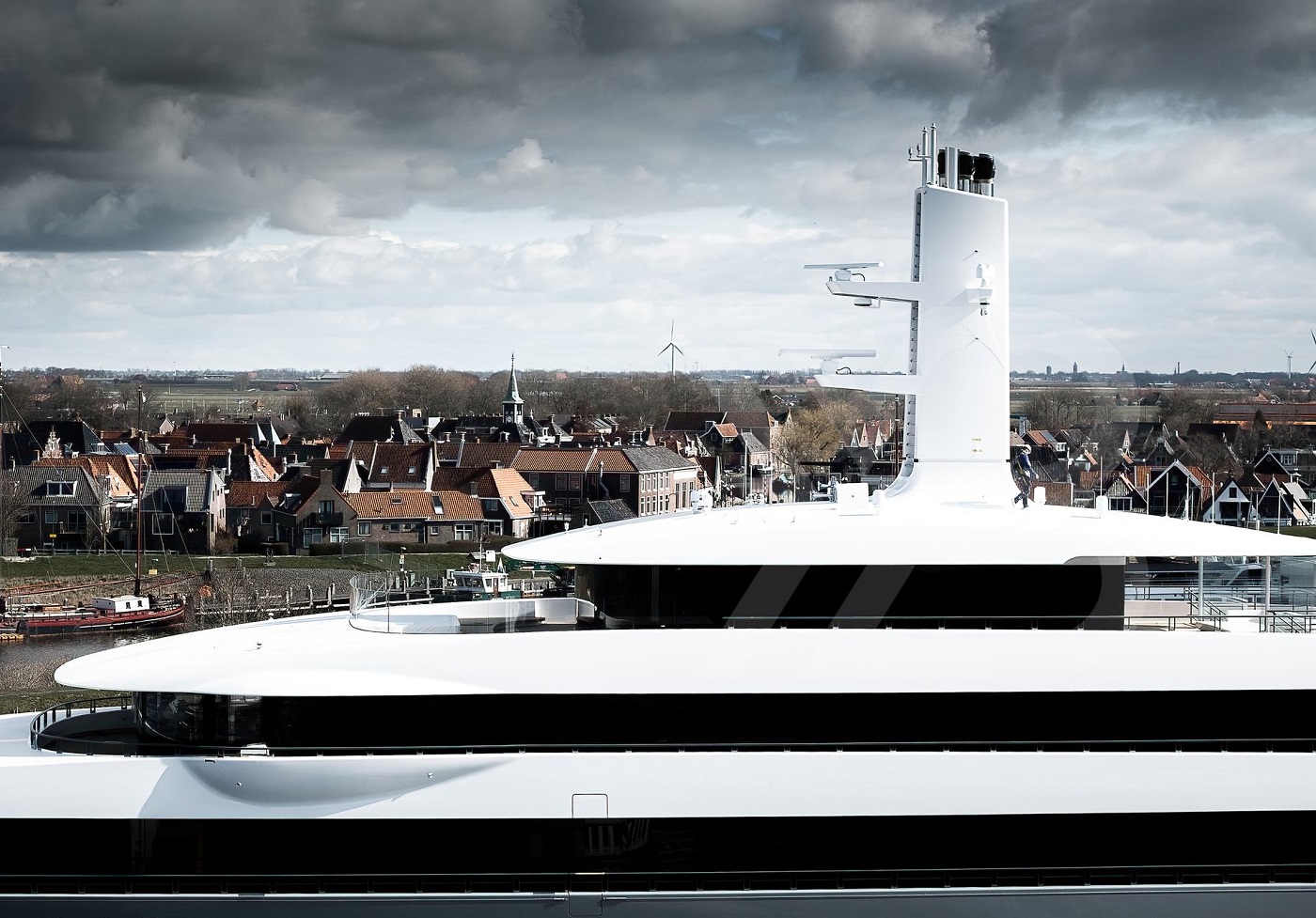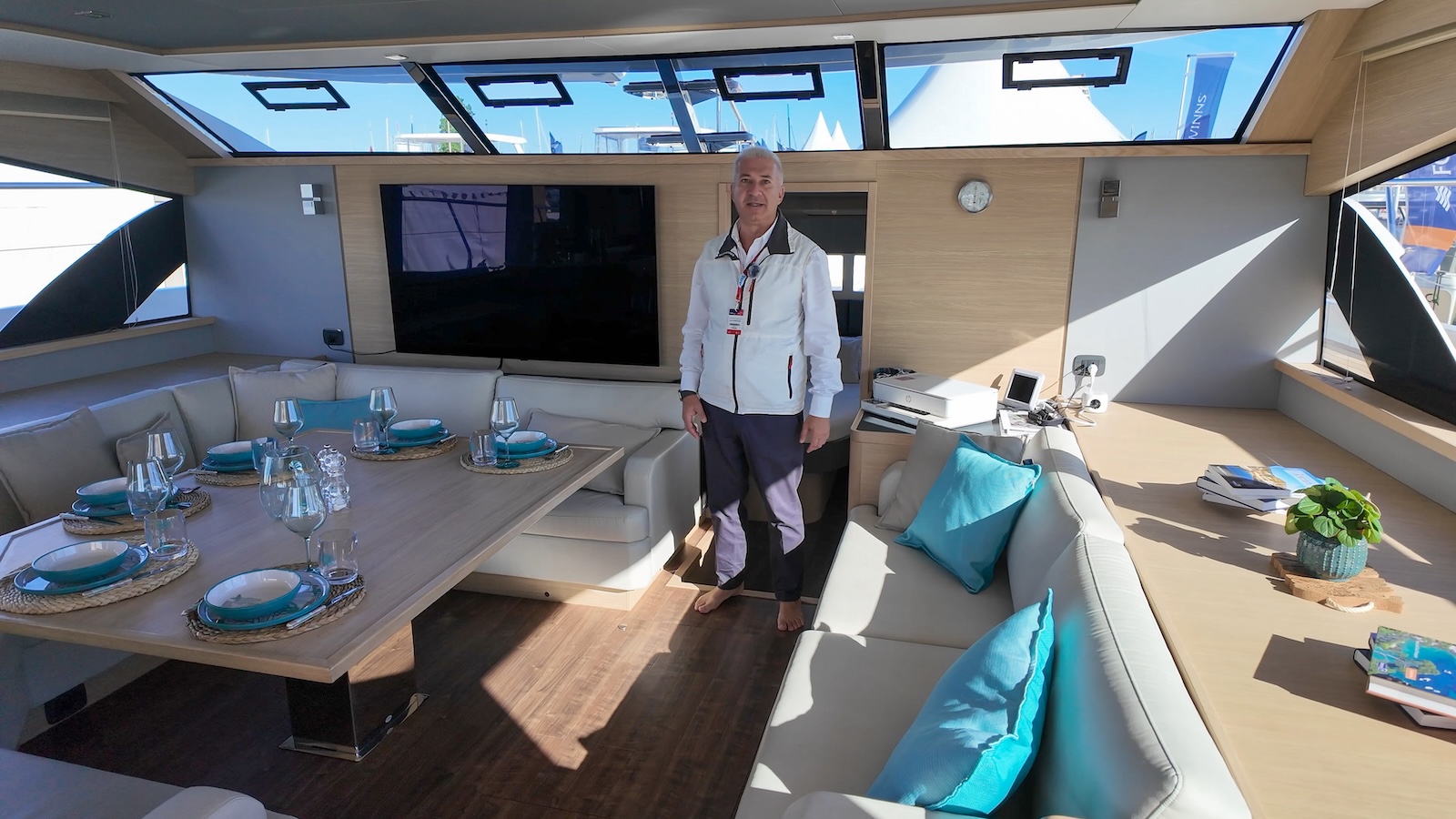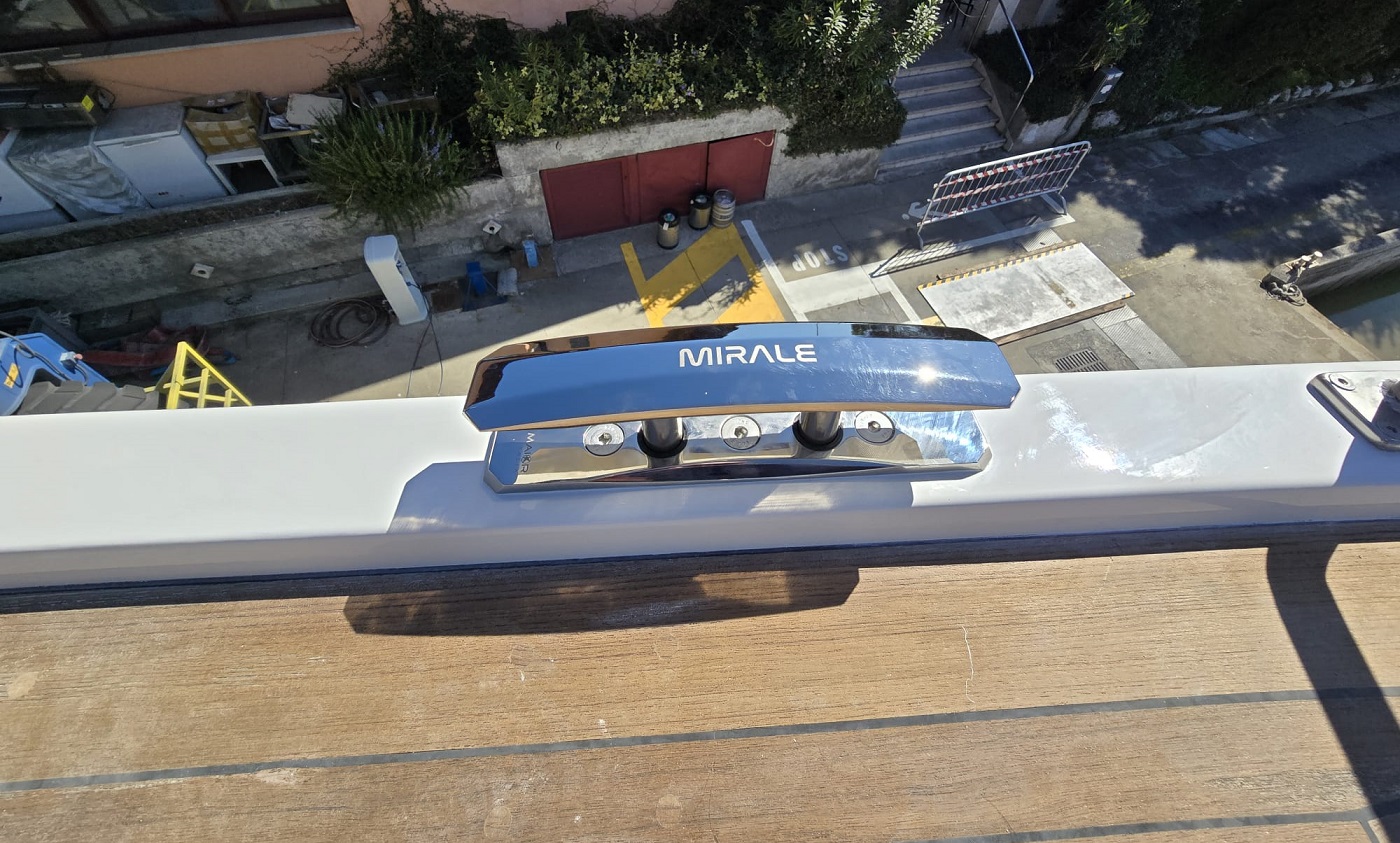Leggi l’articolo in italiano
Jib furler has removed the necessity to make a fore sail change, an essential manoeuvre to reduce sails like a reef band. Generations of sailors maybe haven’t ever done it.
But, even if provided with a jib furler, we might need to replace genoa with a smaller jib, for example if we need a sail which is not only smaller but also stronger and cut in a better way since wind and sea conditions have got worse. Or if our fore sail got broken or if our jib furler got damaged.
Sometimes, especially if the change is necessary beacuse of worse weather conditions, the manoeuvre can be a little difficult beacuse of the instability of the person working on the bow, who must be fastened.
So, like for reef band, it’s always better to make the change in advance instead of waiting for a more difficult tiring situation.
Anyway, trying sometimes a fore sail change means to keep trained for the future.
The preparation phase determines the facility with which we make this manoeuvre. The first step is to take to the bow the new sail, by fastening it on stays and checking that it has been bent properly.
Then, we have to sail upwind and, with the jib hauled, we can choose the no-working upwind sheet and fix it on the basis of the mast or to a stay.
If we are not in regatta and we have only one groove, we have to lower the jib with the helmsman, who goes next to the dead angle.
When the jib is lowered and the forward triangle is free, we have to fix the stay on peak halyard of the new sail and to ride it in the forestay. Then, we have to fix the two sheets on the clew cringle for the new lifting. Now, it’s time to free the laces we used to fix the new sail to stays.
A person on the bow controls and assists the boltrope running into the groove, while the others at the mast and in the cockpit do the traditional lifting.
When the sail is lifted, we have to set sheets and carriage in order to ensure the best balance to our boat.
If the forestay has two grooves, we can lift the new sail at first with a second stay, then fix the old upwind sheet on the new jib , turn and lower the fore sail which need to be replaced, which will covered by the new lifted one.
























